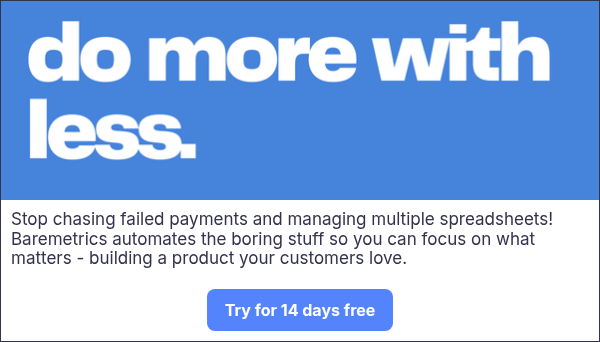Table of Contents
More Glossary Articles
Outbound marketing is when you take your message directly to potential customers instead of waiting for them to find you. Think of it as actively knocking on doors - whether those doors are TV and radio audiences, readers flipping through a magazine, people walking past a trade show booth, or someone picking up the phone.
By today’s standards, some outbound channels feel old school, but they haven’t disappeared. In fact, when paired with modern targeting and tracking tools, outbound can still be one of the fastest ways to get in front of the right people.
Outbound vs. Inbound Marketing
The difference is simple. Outbound marketing pushes your message out to people, whether or not they’re actively searching for your solution. Inbound marketing attracts people in through content, social media, SEO, and other value-first strategies that meet them when they’re already interested. Most successful businesses use both - outbound for reach and speed, inbound for long-term growth.
Examples of Outbound Marketing
Classic outbound marketing includes TV commercials, radio ads, billboards, direct mail, and trade shows. A company might rent a booth at a conference, strike up conversations with passersby, and hand out brochures to spark interest.
Modern versions still follow the same principle, but use newer tools. Cold email outreach, personalized LinkedIn messages, podcast sponsorships, and targeted streaming TV ads all qualify as outbound. Even if the platform has changed, the goal is the same - to put your product in front of someone who might not yet know they need it.
Is Outbound Marketing Cost-Effective?
It can be cost-effective, especially for small companies without the budget for large ad campaigns. You might send an introductory email to thousands of prospects, walk the floor at an industry event to make connections, or attend local meetups. These tactics often require more effort than money, making them a practical starting point for new businesses.
The trade-off is that outbound methods are harder to measure than inbound. While digital campaigns allow you to track clicks and conversions precisely, it is more difficult to know exactly how many sales came from handing out flyers or sending direct mail. (I mean, can you measure the success of flyers or snail mail?) Using trackable landing pages, QR codes, or dedicated phone numbers can help bridge that gap, but the data will rarely be as complete as with inbound channels.
Outbound may require less money upfront, but it often delivers a lower return on investment compared to inbound strategies. Since higher ROI typically lowers your customer acquisition cost, it is worth weighing outbound against other marketing opportunities to see where it fits in your overall plan.
Who Benefits from Outbound Marketing?
Outbound marketing often works best for businesses targeting industries that rely on personal relationships or high-value products that require trust before purchase. B2B companies, for example, may need to meet decision-makers in person at events before moving a deal forward.
It is also a strong option for brands looking to make an immediate impact in a new market. Outbound can help you get your first customers quickly, and then you can use that revenue to fund inbound strategies that build over time.
At the end of the day, you’ve got to determine what works for you and what’s right for your marketing budget. It’s all a matter of defining a target market and finding out where they are.
Modern Outbound Marketing Strategies
The playbook for outbound marketing has evolved. Today, the most effective campaigns are targeted, personalized, and integrated with inbound efforts. Instead of choosing one over the other, think of them as partners. Outbound gets attention. Inbound nurtures it. Together, they keep your pipeline full.
If you want to know which marketing activities are actually working, track your ROI, CAC, and revenue in real time with Baremetrics. The data will show you which opportunities to keep pursuing and which to leave behind.


